Pride parades have transformed from grassroots marches focused on vital LGB rights into flamboyant spectacles that some argue prioritize fetish and exhibitionism over substantive social issues. This evolution has sparked heated debates on the true purpose and impact of these events. Are they still the powerful platforms for change they once were, or have they deviated into mere entertainment that disturbs public sensibilities?
1. Origins in Activism
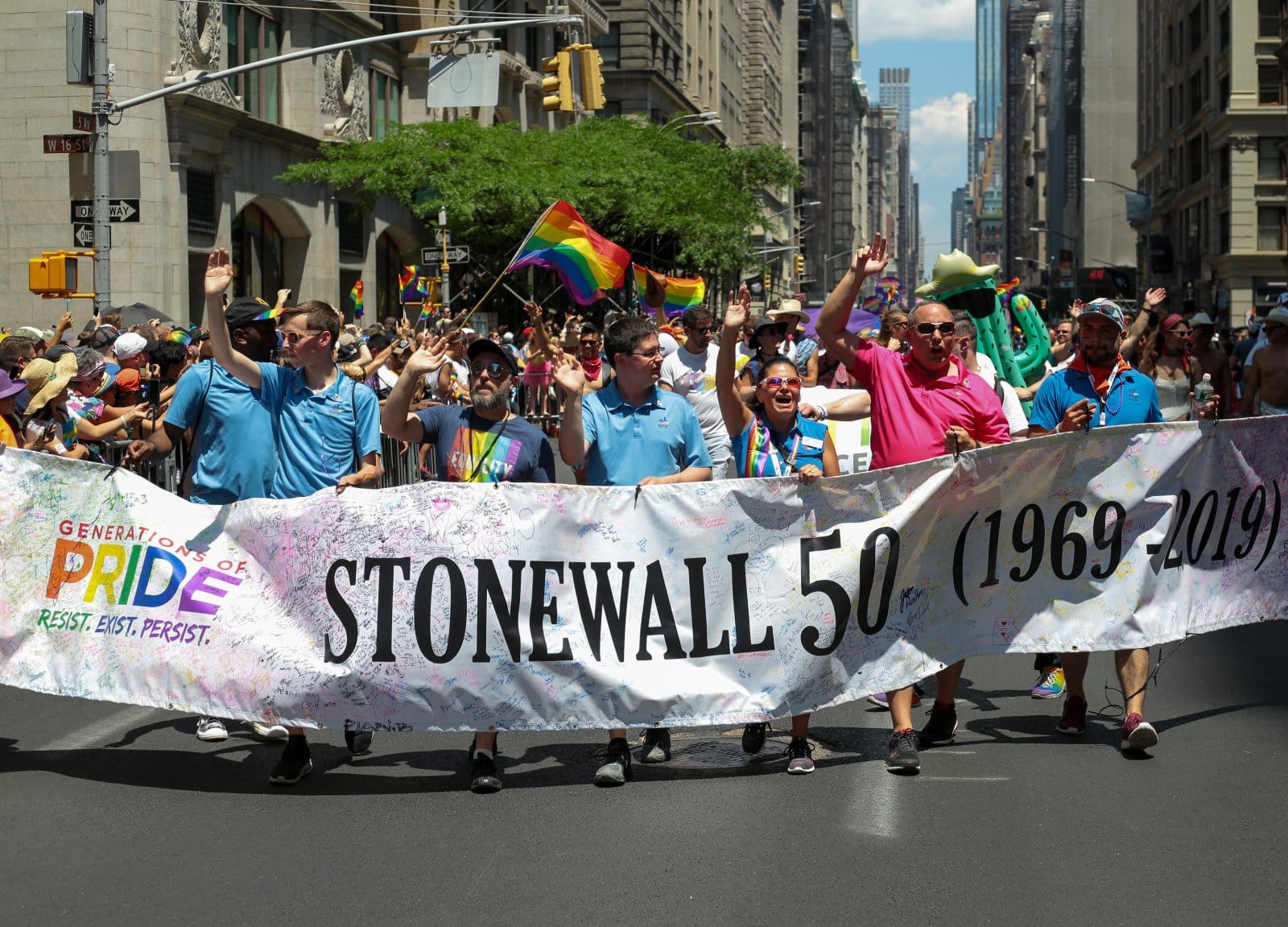
Originally, Pride parades were fundamentally political, born from the 1969 Stonewall riots, focusing on combating systemic discrimination and violence against the LGB community. They were pivotal in advancing rights and acceptance.
2. Shift Toward Celebration and Spectacle
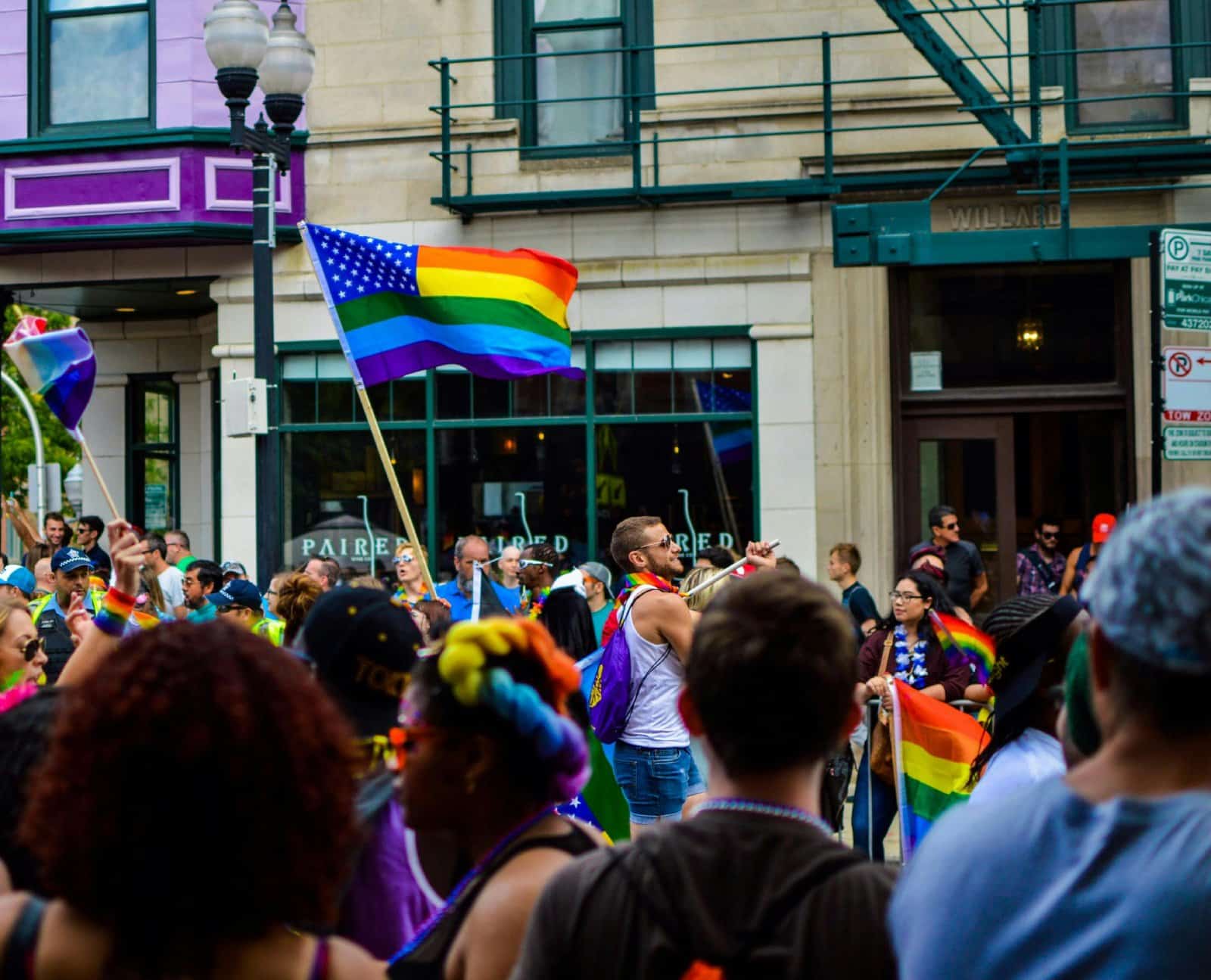
Over the decades, these parades have evolved into celebrations of identity that often include elements of fetish culture and nudity, leading some to question their appropriateness and effectiveness as tools for social justice.
3. Commercialization Concerns

What once was activism has partially turned into a commercial extravaganza. Critics argue that the influx of corporate sponsorship dilutes the parades’ original advocacy purposes, turning them into mainstream festivals rather than platforms for genuine social change.
4. Public Discomfort
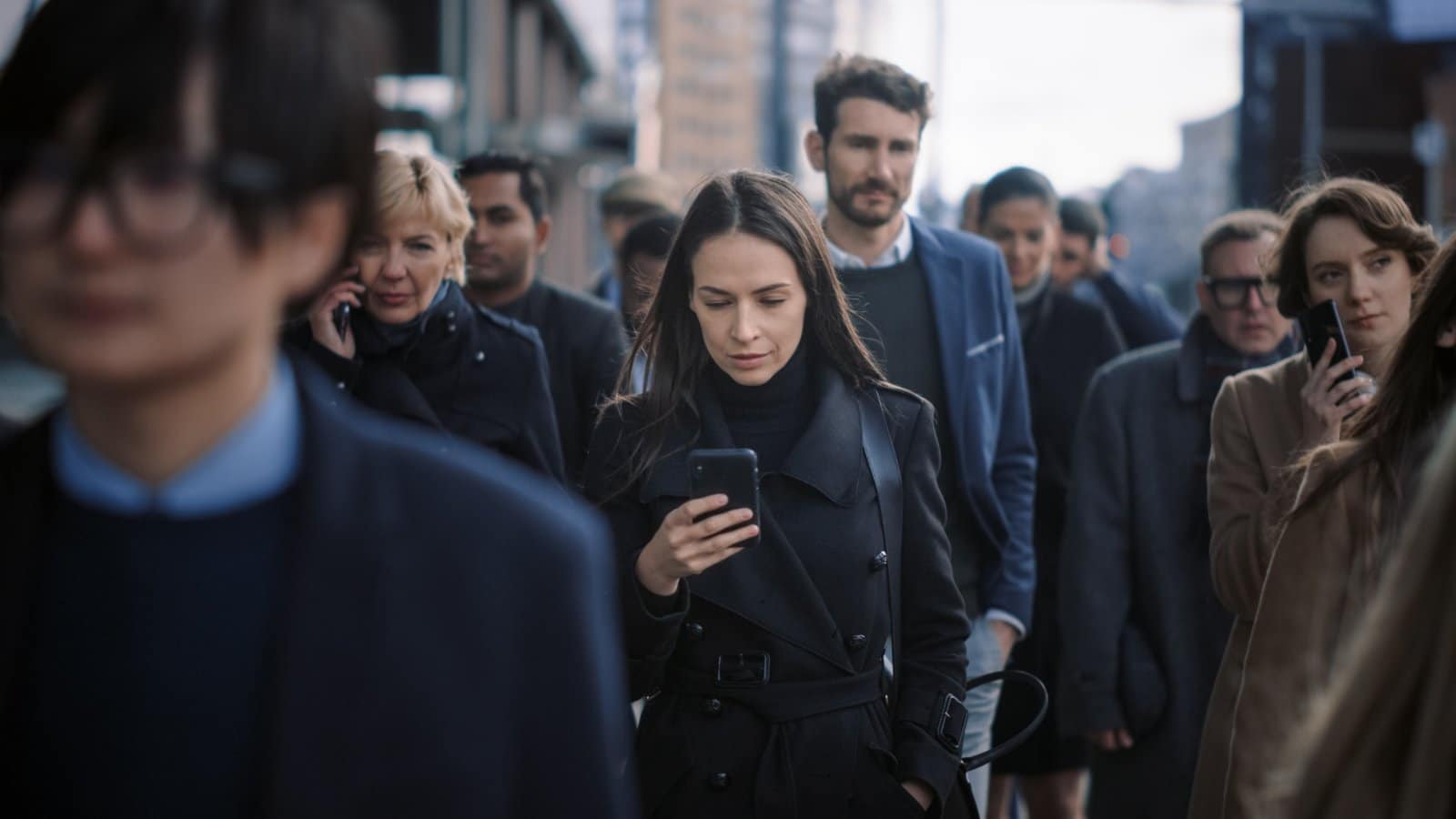
The explicit displays often seen at modern Pride events can lead to discomfort among the general public, including families. Detractors argue that such displays can alienate potential allies and misrepresent the core values of the LGBTQ+ community.
5. Media Representation
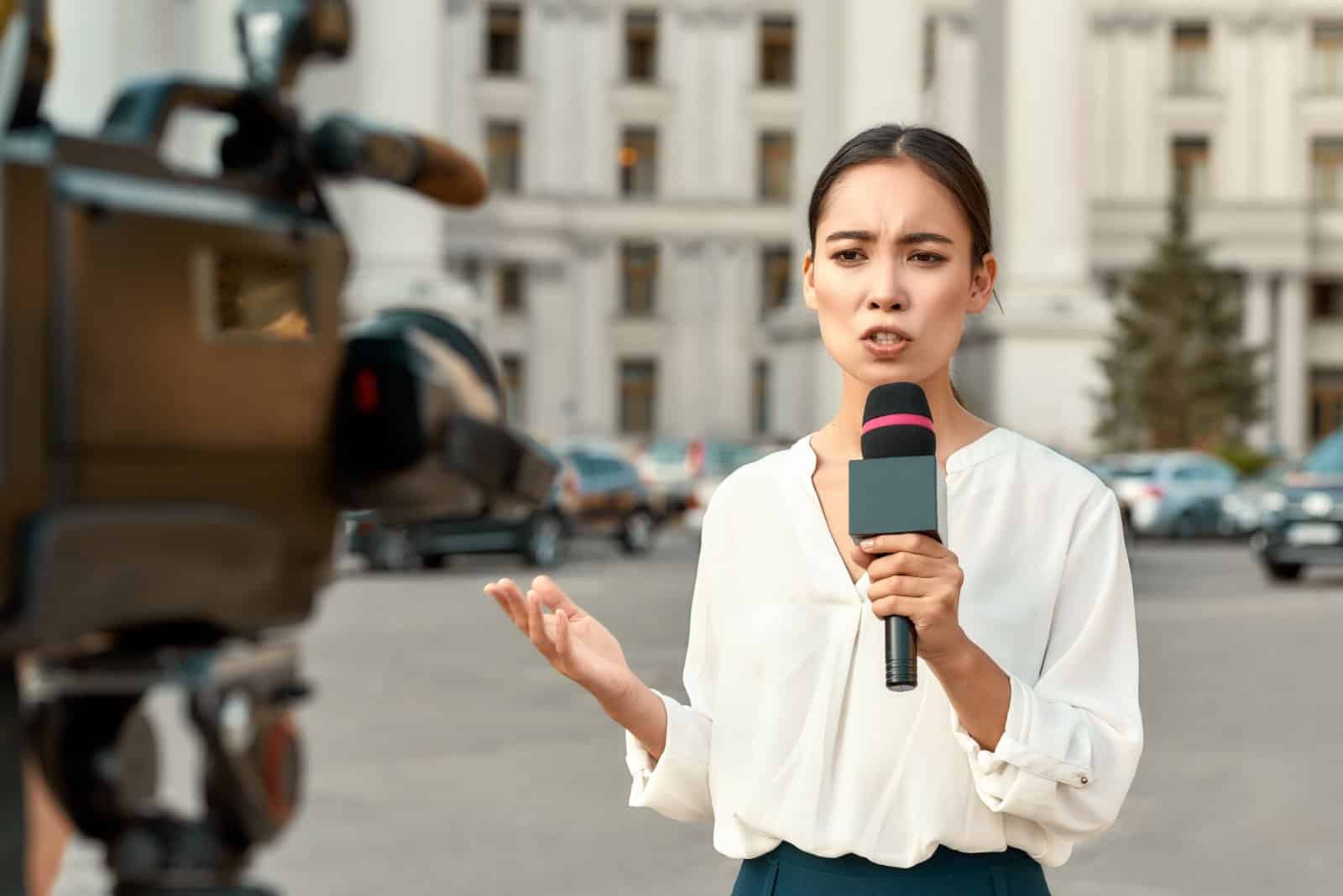
While media coverage has helped normalize LGBTQ+ presence, it often focuses on the most sensational aspects of Pride parades. This can skew public perception, emphasizing flamboyance over the ongoing struggles for rights and acceptance.
6. Impact on LGBTQ+ Youth
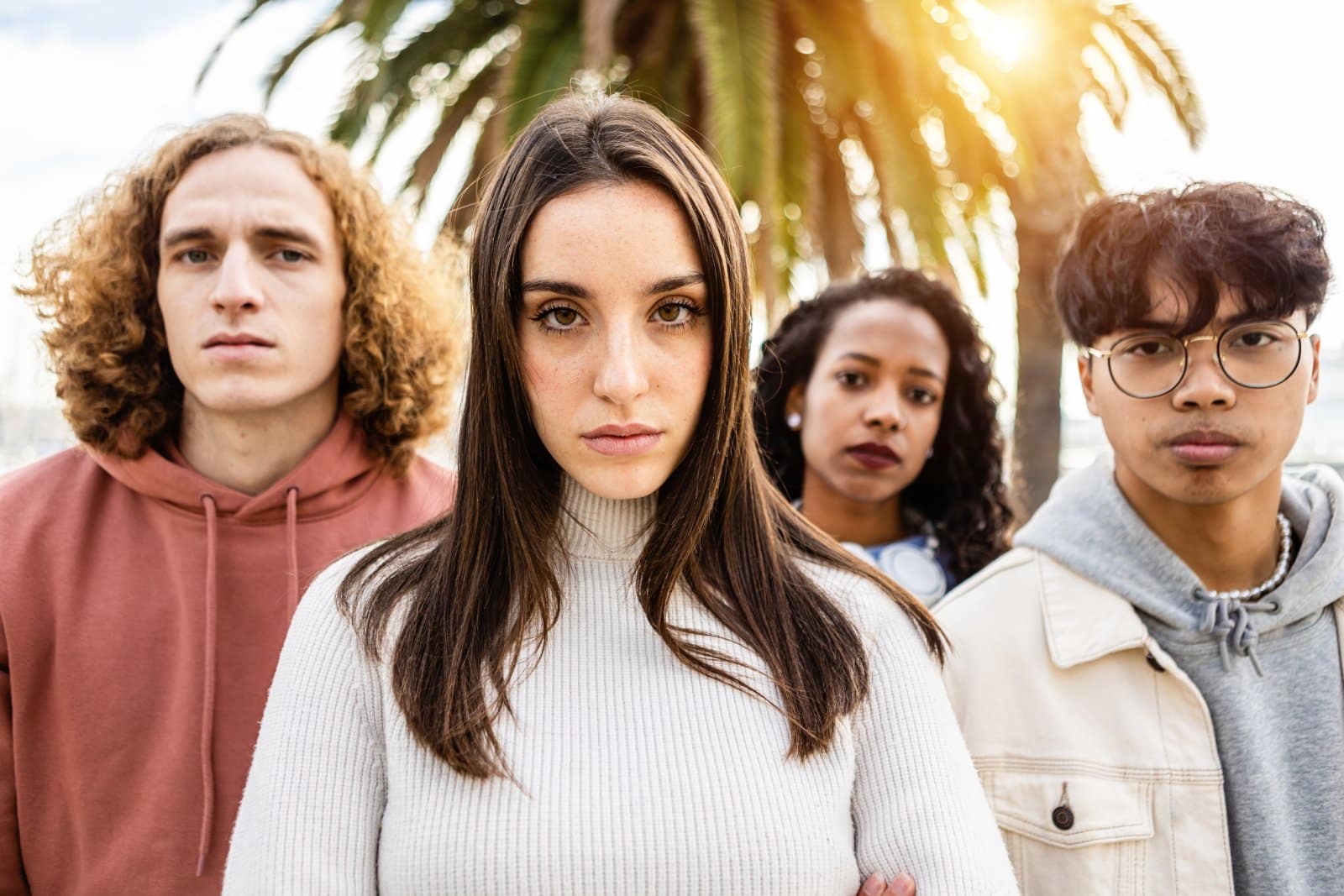
For many young people, Pride parades are a vital expression of their emerging identities. However, the focus on adult themes like fetishism may not always provide the welcoming or relatable environment they need.
7. Cultural Shifts
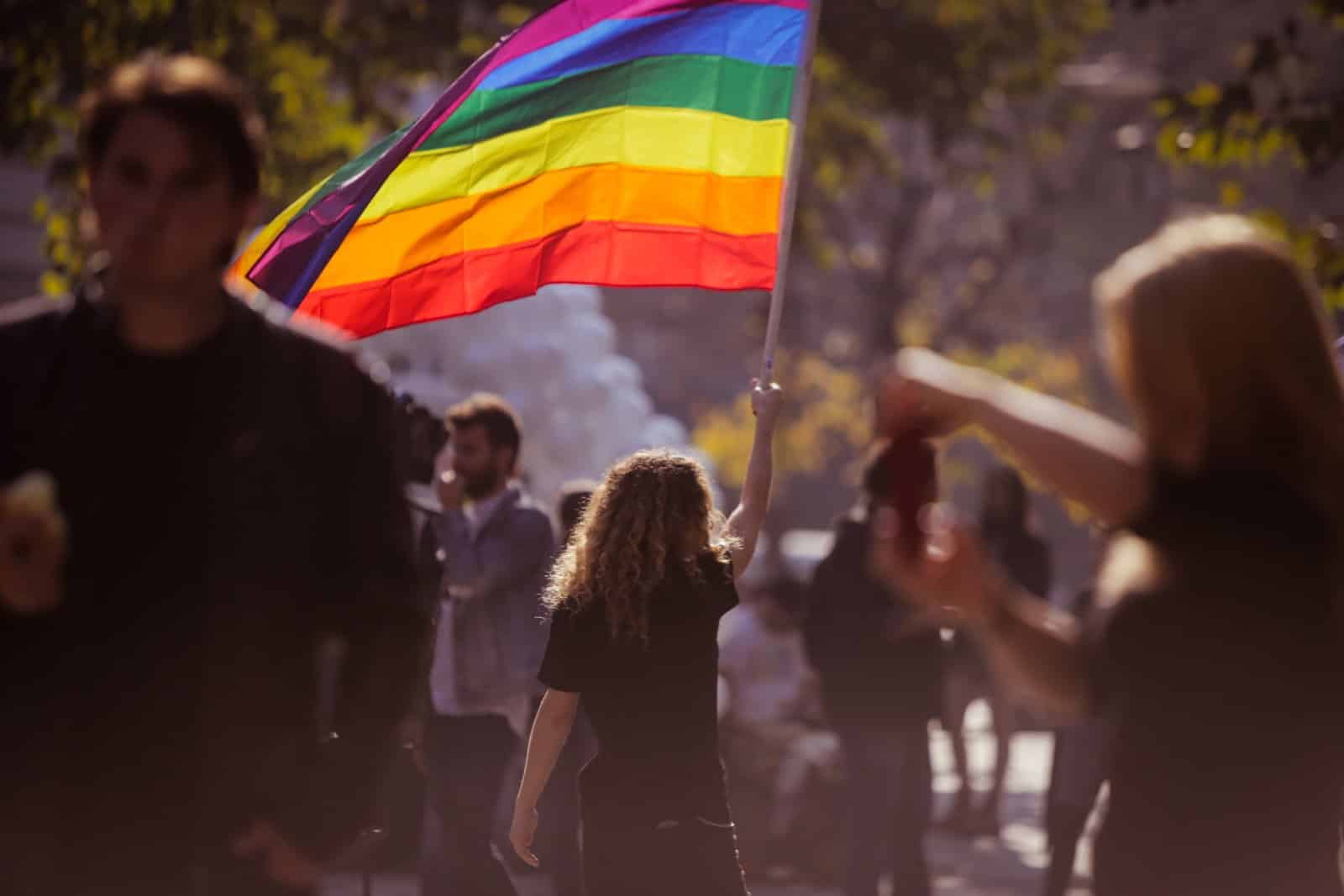
As societal attitudes toward LGBTQ+ individuals have shifted, so have the themes of Pride parades. This reflects broader cultural trends toward individual expression but can detract from the collective advocacy that once defined these events.
8. Polarization Within the Community

There’s growing debate within the LGBTQ+ community itself about the direction of Pride parades. Some advocate for returning to their roots in activism, while others support the inclusivity of various forms of expression.
9. Safety and Security

The controversial elements of Pride parades often necessitate increased security measures, complicating logistics and raising concerns about the safety of participants and spectators.
10. Inclusion or Exclusion?

The inclusion of kink and fetish elements in Pride parades is seen by some as a crucial part of embracing all aspects of the LGBTQ+ spectrum. Others feel these elements should remain in more private settings to maintain the focus on rights and acceptance.
11. Dialogue and Reflection
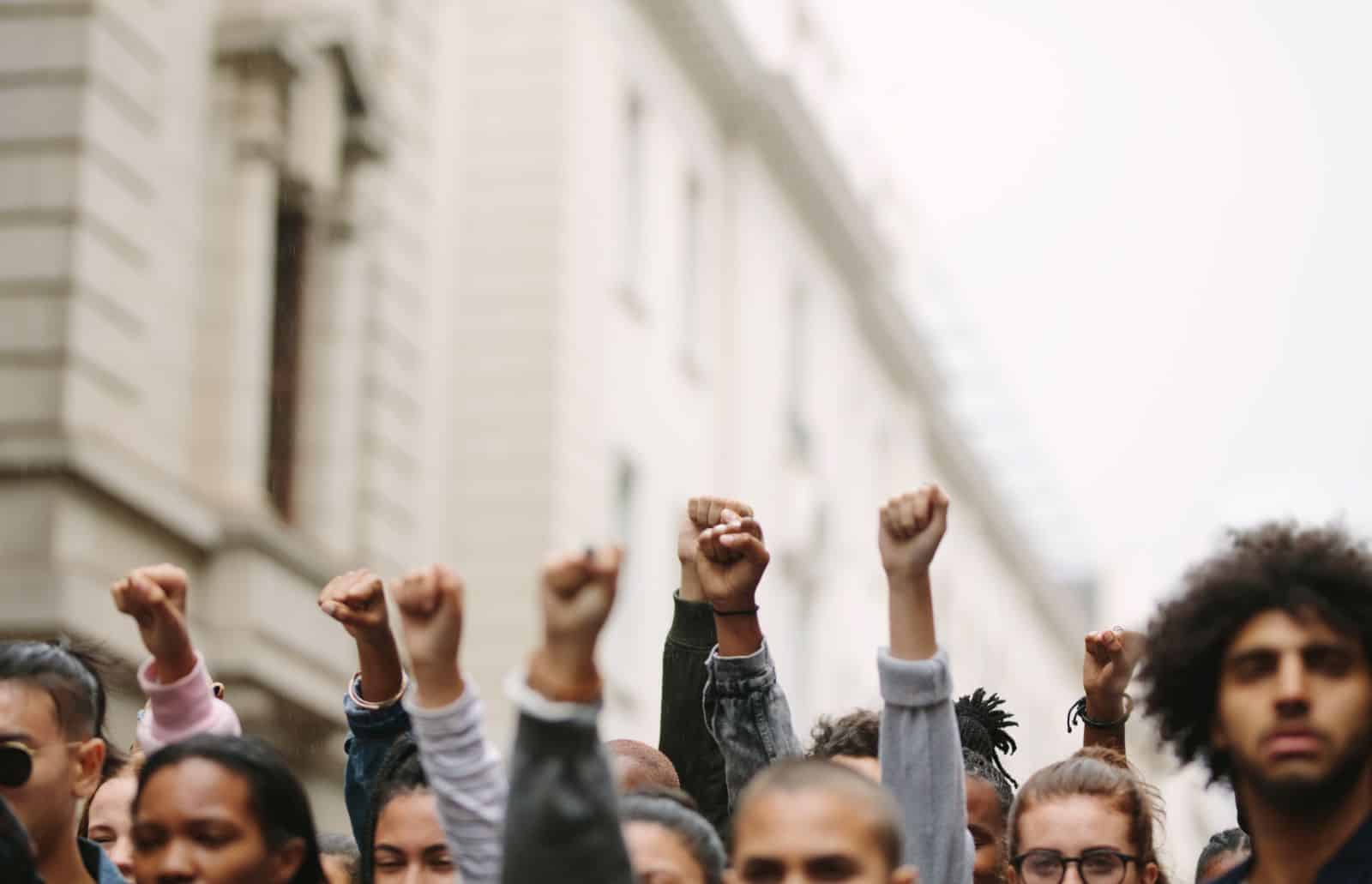
These parades prompt crucial conversations about what it means to be inclusive while respecting public spaces and community standards. How does the community balance these sometimes conflicting needs?
12. Backlash and Resistance

Public backlash to the more extreme elements of Pride parades can lead to legislative and social pushbacks, which may threaten the rights and freedoms the parades aim to celebrate.
13. Educational Opportunities
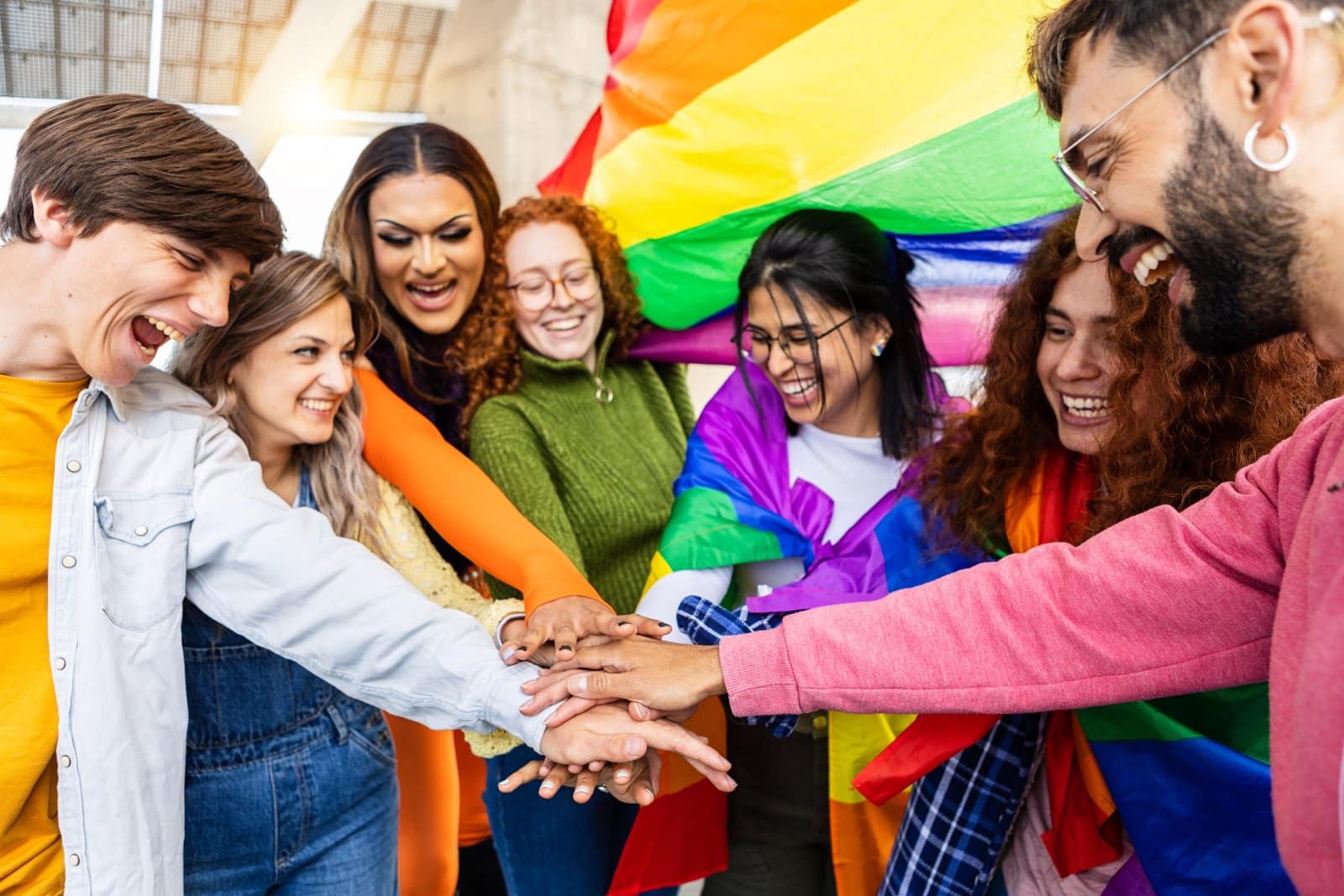
Despite controversies, Pride parades continue to offer unique opportunities to educate the public on LGBTQ+ history, rights, and challenges, albeit through a lens that not everyone may appreciate.
14. Reclaiming Pride
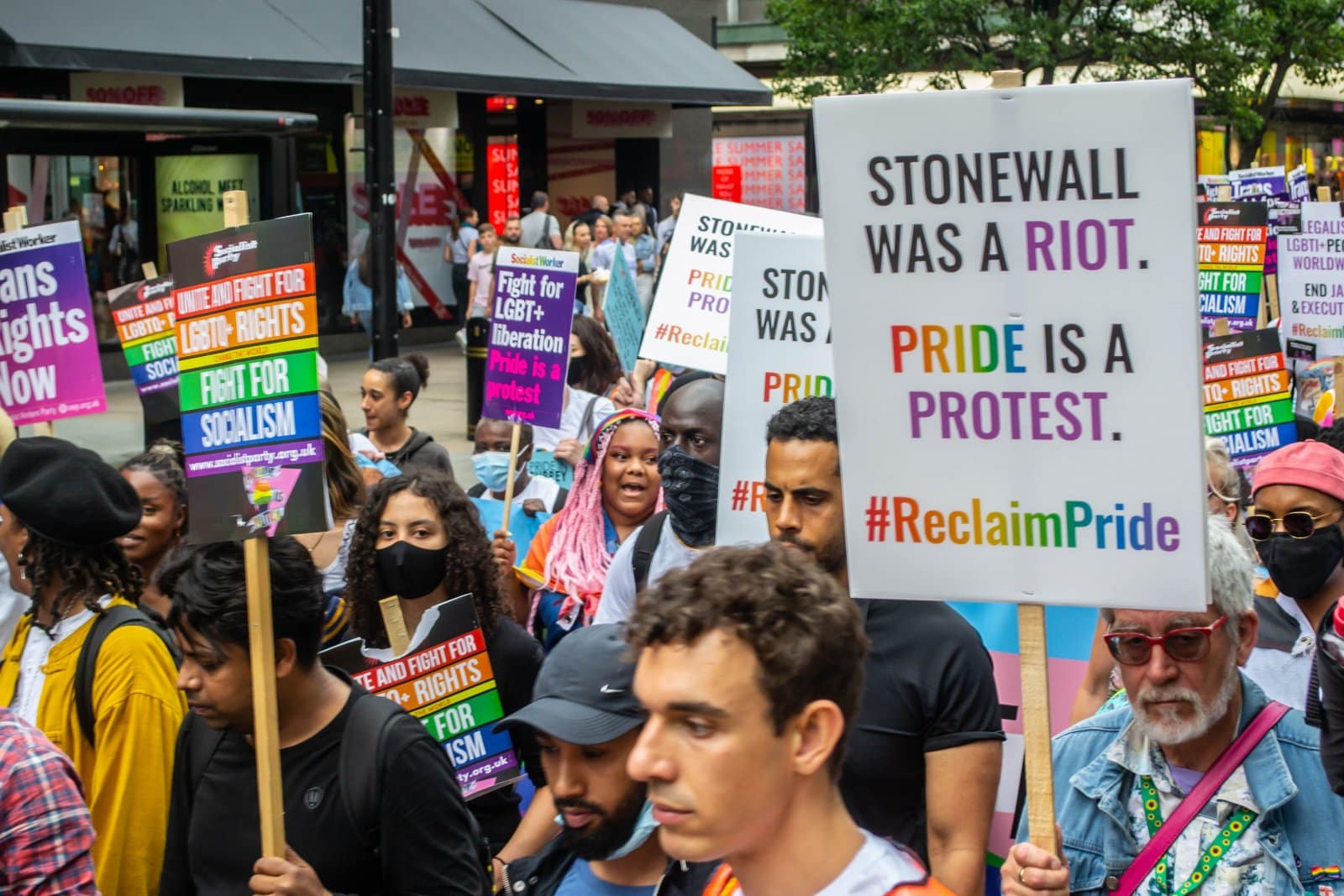
Movements to “Reclaim Pride” have emerged, focusing on stripping back corporate influence and refocusing on social justice issues directly impacting the LGBTQ+ community, including trans rights, racial equality, and health care.
15. Global Perspective

The approach to Pride in different countries varies widely, reflecting diverse cultural attitudes toward LGBTQ+ rights and public demonstrations of sexuality.
16. Generational Differences
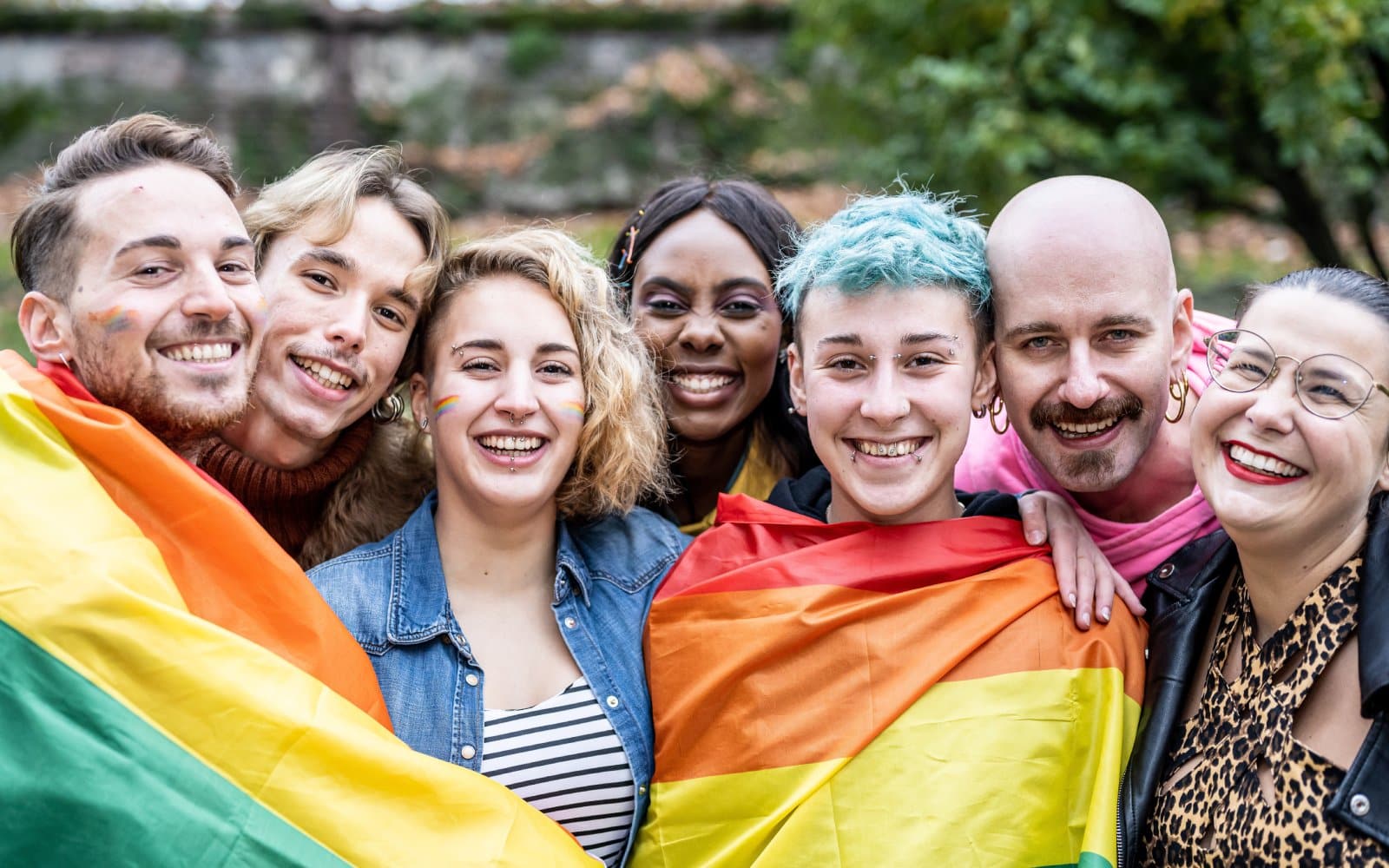
There is a notable generational divide in how Pride parades are perceived and what they should represent, with older generations often favoring a more conservative approach to advocacy.
17. Role of Allies
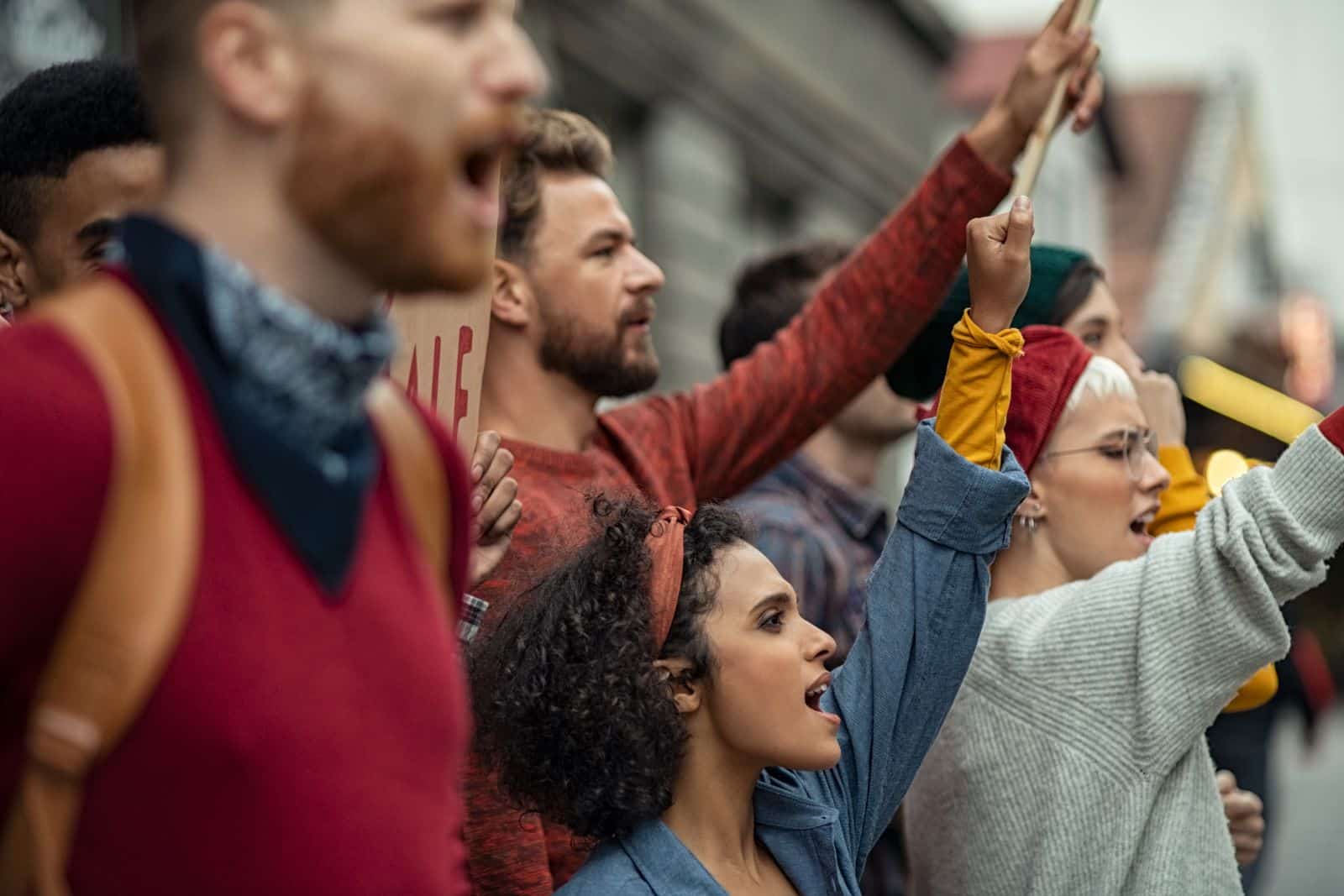
Allies play a crucial role in the Pride movement. The inclusivity of Pride parades can determine their willingness to participate and advocate within their communities.
18. Future of Pride
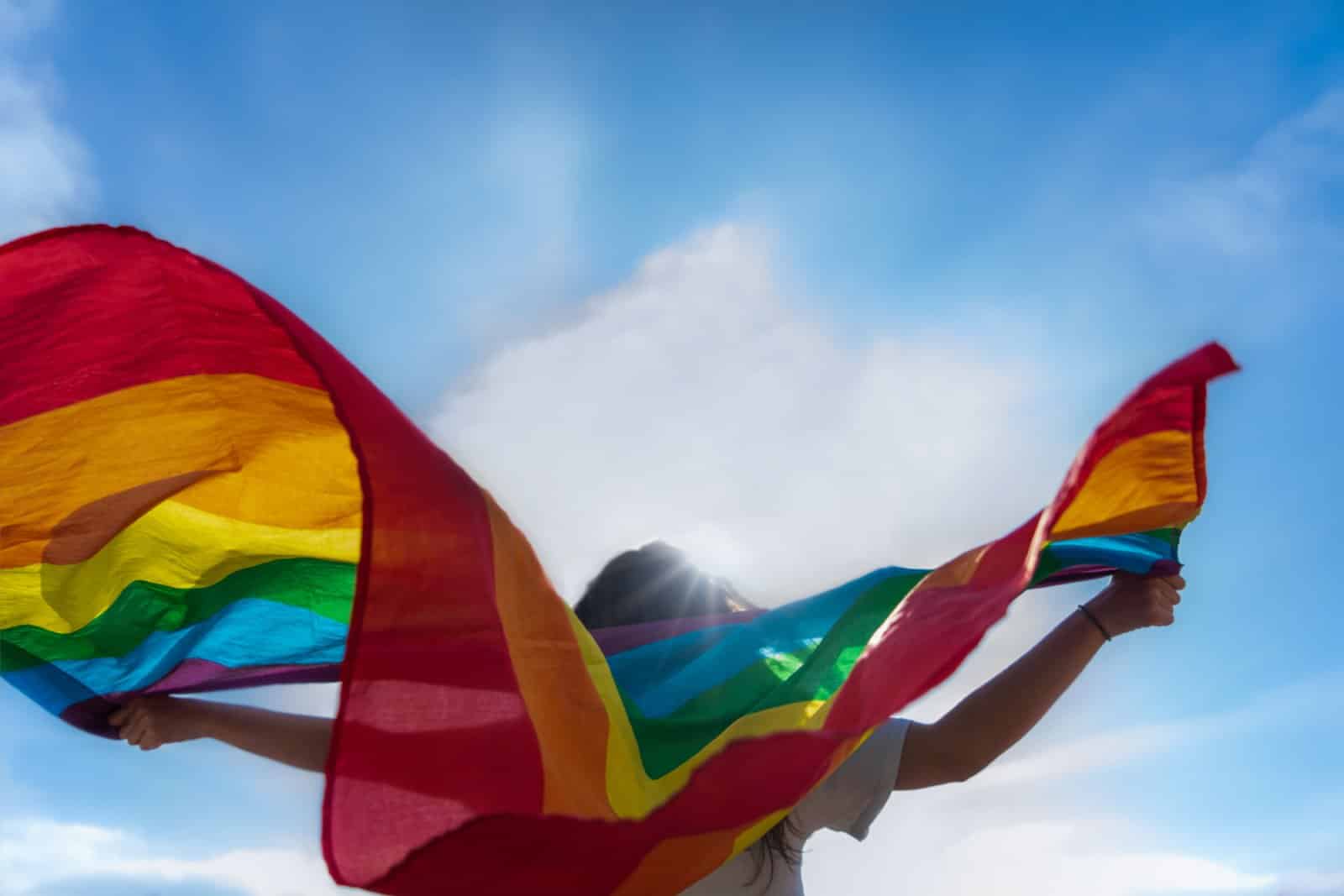
The future of Pride parades hangs in a balance between celebration and advocacy. As society evolves, so too must the strategies and expressions of the LGBTQ+ movement to maintain relevance and effectiveness.
Reflection on the Role of Pride Parades

As we contemplate the path forward for Pride, it’s essential to weigh the value of inclusion against the necessity of maintaining a clear focus on the fundamental issues facing the LGBTQ+ community. How can these celebrations best serve as both a beacon of hope and a powerful call to action?
The post Are Pride Parades a Celebration of Diversity or Disruption of Public Order? first appeared on Pulse of Pride.
Featured Image Credit: Shutterstock / JessicaGirvan.
For transparency, this content was partly developed with AI assistance and carefully curated by an experienced editor to be informative and ensure accuracy.

